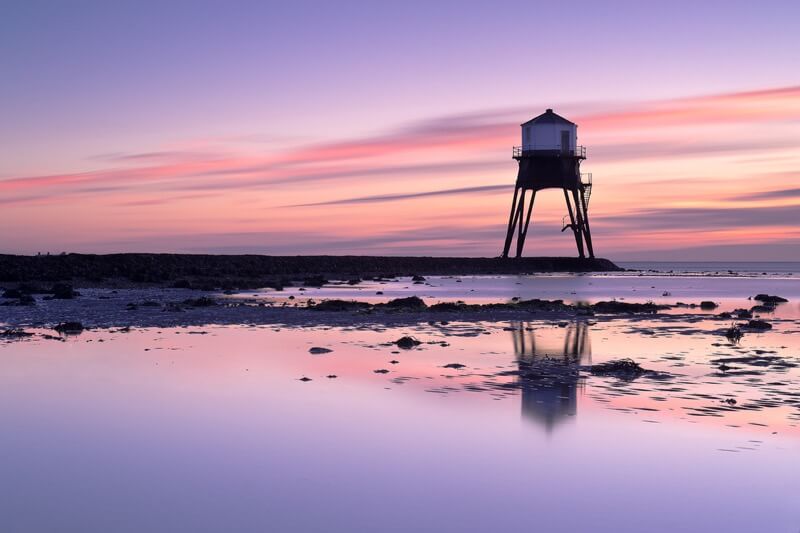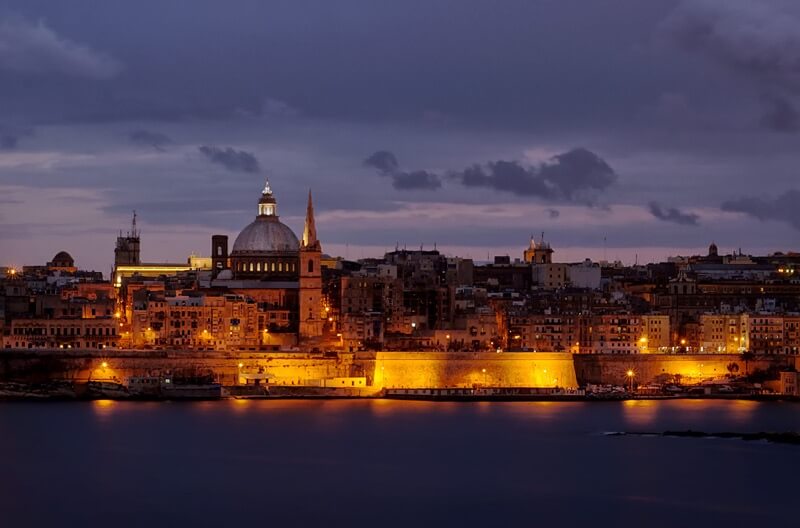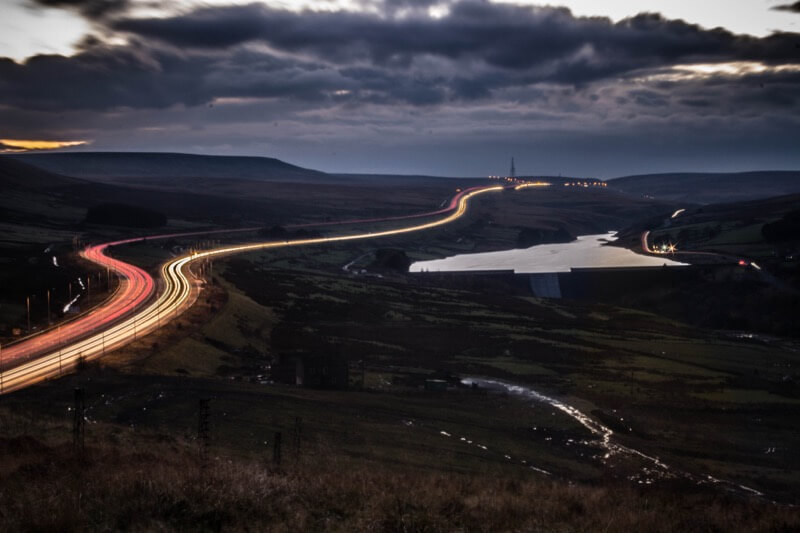Since photography means to “write with light”, it is at one of its most challenging moments when you are shooting in low-light conditions (this could also mean the practical absence of light). Many a photographer has made his or her name from taking provocative and arresting images at night (Brassi immediately comes to mind). And as a practitioner of the art and craft you’ll want to experiment with night and low-light photography. Much like shooting in snowy conditions, you have pay extra special attention to your exposure when shooting at night. Those pockets of darkness will be much more evocative if there is a hint of shadow detail hiding in there, as opposed to uniform chunks of black.
Stabilize Your Shoot
The first thing you’ll want to get when shooting at night (or in low-light) is a tripod or some kind of stabilizing object, because one of the best ways to control your exposure is to have command of the widest range of shutter speeds — at small apertures. And when the shutter speeds get very slow, you’ll need a stabilizer to eliminate camera shake and with the larger f-stops, get crisp images with deep focus (and deep focus night photography is startling in itself). What you want to try for is shutter speeds from 1/8 to 2 or 3 seconds with an f-stop of at least f/5.6 and by meeting this goal (which is arbitrary, as the level of DOF is subjective to what you want to show the viewer) you can obtain startlingly clear images in the a majority of night or low-light situation.
Andrew Stawarz – Sunrise Over Dovercourt Low Light

Spot Meter
One of the keys to getting properly illuminated night photographs is mastering the spot meter that’s built into your camera (and if you happen not to have one, then you need to pick up a hand-held one). You can use the spot meter to find your subject and properly expose it — even when it’s at the edge of darkness. The TTL spot meter will give you a reading that you can adjust to shift the exposure (change the aperture and/or shutter speed) so objects that are partially obscured or weakly lit can register as 1/2 or more stops into the over-exposure scale
Longer Shutter Speeds
We’ve all seen those night shots of roadways with endless streams of continue lights from head & tail lights, and that’s a fairly simple effect to achieve (stop down to maybe f/16 with a shutter speed of 6 second or more). However, you want to be innovative, you want to make connections that aren’t obviously apparent — try moving your subject with longer shutter speeds and you’ll get a “ghost” image, and you can specifically illuminate a subject with a flashing light to “shape it” during a long exposure.
Joshua Zader – Carmelite at dusk

Composition
When devising a photographic composition, how you intend to draw the viewer’s eye is determined by the shape, the lighting, the color of the subject(s) and how the viewer perceives the subject. In night photography where there are large pools of black (or incredibly deep shadows), finding a subject and give it the proper attention through exposure is what your goal should be. Remember, even if you’re shooting a diner in the desert at night, selecting the “right” exposure will enable the light to extend beyond what your eye can see; the light dance on the dust in the air and your photo will sparkle.

